
By Greg Hasiuk, Partner + Practice Leader
The digitization of our world has led many to question whether we really need physical schools to teach and learn. For them, the rapid evolution of remote communication, visualization and augmented reality will spell the end of schools as we know them. An all-inclusive world of virtual teaching and learning is an inevitable future for us all.
However, the pandemic lock-down of 2020 has made it obvious that our schools are not dead yet!
If anything, 2020 has reaffirmed the need for our schools. It has confirmed that a 21st Century education is much more than the core curriculum. It is more than simply conveying information to students. This is something any good teacher will tell you.
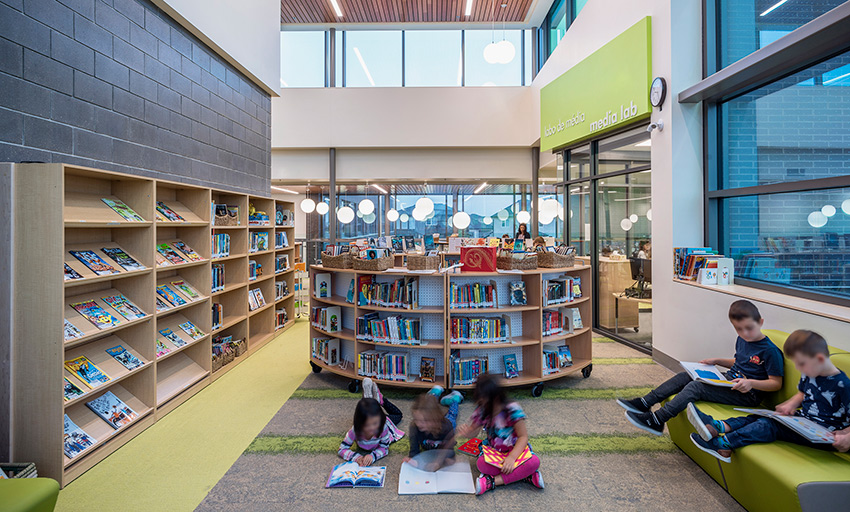
Image: École Sage Creek School, Winnipeg, MB
A wholistic 21st Century education involves learning how to be a responsible citizen while building confidence, creativity, and resiliency. It is about breaking down the new barriers that our digital devices are putting up around our children. It is about striking a balance between learning in the physical world and the digital world. A properly designed learning environment provides the physical parts to strike that balance. Unfortunately, most of our current stock of schools (new and old), are not designed to best support teachers and students to find this balance. They were designed for the industrial age. Most traditional “cells and bells” schools are simply a collection of one-room schoolhouses arranged around corridors, lockers, and specialty classrooms. They offer no response to what is actually required by teachers and students in the 21st Century world.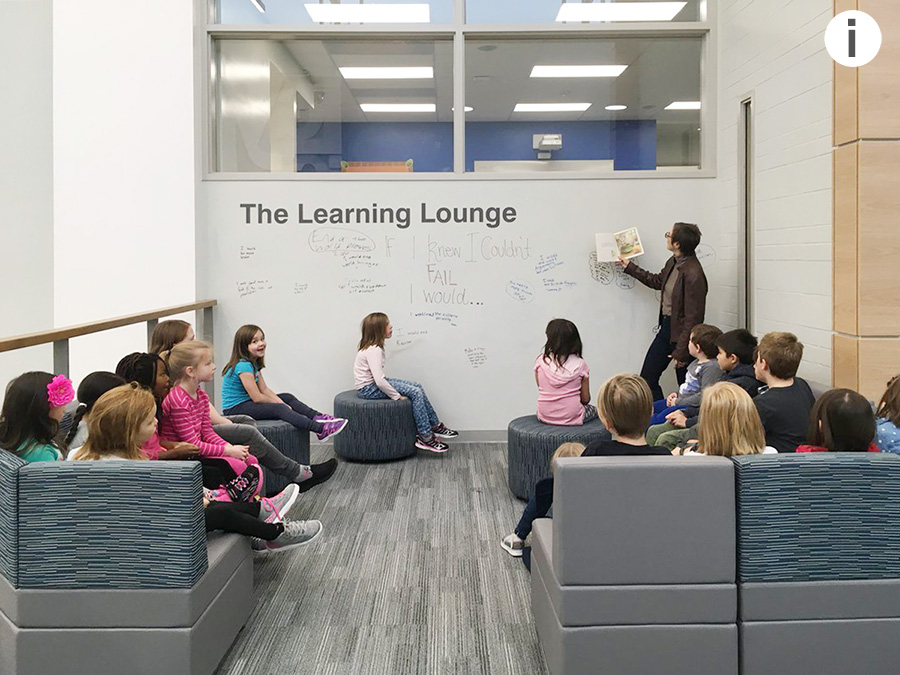 For well over a decade, there has been a sea-change happening around the world in the design of our schools. The events of 2020 will hopefully accelerate this paradigm shift. The big idea revolves around aligning the pedagogy (how we teach), the parts (physical spaces & attributes), and the basic principles of great design (beauty and health) in our schools. It revolves around a student-centred, project-based pedagogy that is supported by flexible learning communities providing home-like, non-institutionalized environments for students and teachers to thrive.
For well over a decade, there has been a sea-change happening around the world in the design of our schools. The events of 2020 will hopefully accelerate this paradigm shift. The big idea revolves around aligning the pedagogy (how we teach), the parts (physical spaces & attributes), and the basic principles of great design (beauty and health) in our schools. It revolves around a student-centred, project-based pedagogy that is supported by flexible learning communities providing home-like, non-institutionalized environments for students and teachers to thrive. 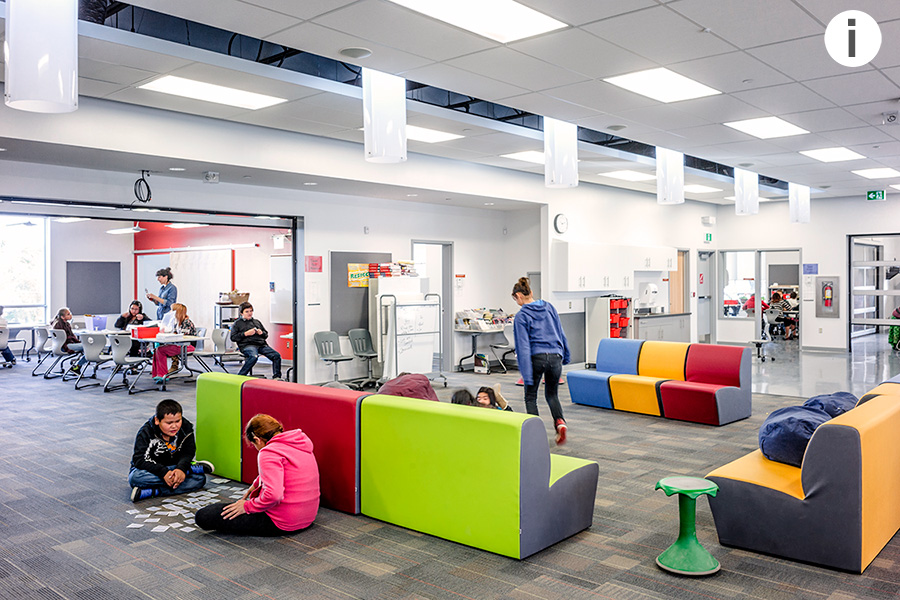 Little comprehensive research has been done regarding the connection between our learning environments and learning outcomes. However, a cross disciplinary team of researchers from the Melbourne Graduate School of Education and the Faculty of Architecture at The University of Melbourne have been doing just that. The Innovative Learning Environments and Teacher Change (ILETC) project is an Australian government funded project ranging from 2016-2019 with reports still being generated. It brought together the expertise of leading researchers in education and learning environments and partner organizations in education and learning environment design and technology. It is a treasure trove of data describing the journey teachers and architects must take in order to find alignment and success. (ILETC website)
Little comprehensive research has been done regarding the connection between our learning environments and learning outcomes. However, a cross disciplinary team of researchers from the Melbourne Graduate School of Education and the Faculty of Architecture at The University of Melbourne have been doing just that. The Innovative Learning Environments and Teacher Change (ILETC) project is an Australian government funded project ranging from 2016-2019 with reports still being generated. It brought together the expertise of leading researchers in education and learning environments and partner organizations in education and learning environment design and technology. It is a treasure trove of data describing the journey teachers and architects must take in order to find alignment and success. (ILETC website)
The research shows that the direct effect of innovative learning environments on learning outcomes is very difficult to empirically prove. However, “there is a growing body of research that may eventually prove ILE’s worth beyond just literacy/numeracy measures.” (Source)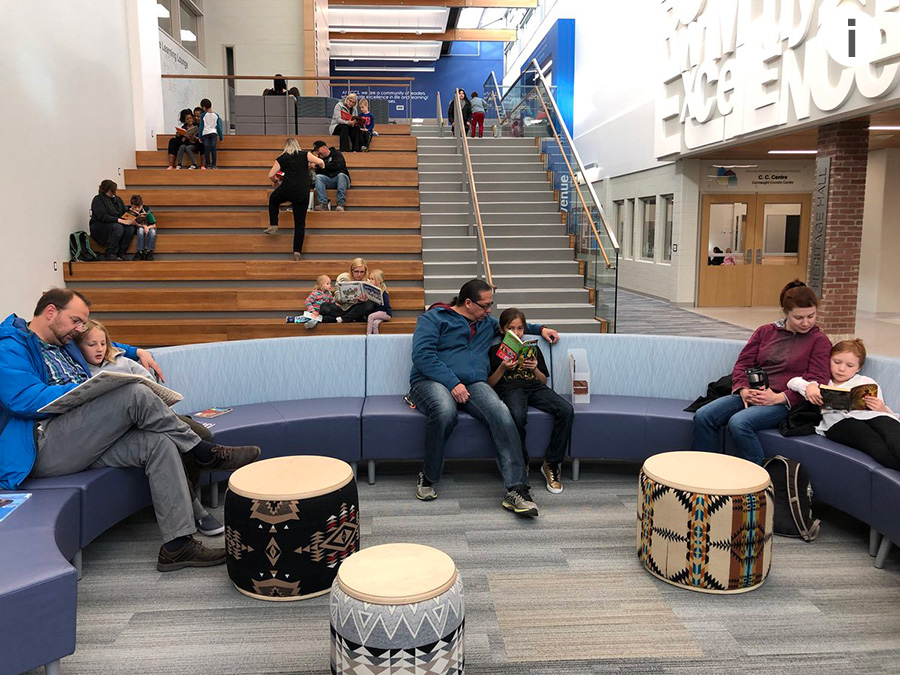 What we do know is that good teachers can ‘make do’ in poor learning environments. However, they are much more effective when provided with spaces that encourage and support collaborative teaching while providing a variety of flexible teaching spaces that can accommodate a wider variety of learning modalities. One key to success is supporting administrators and teachers with time and proper professional development to properly understand how innovative learning environments can play a vital role in changing the education paradigm.
What we do know is that good teachers can ‘make do’ in poor learning environments. However, they are much more effective when provided with spaces that encourage and support collaborative teaching while providing a variety of flexible teaching spaces that can accommodate a wider variety of learning modalities. One key to success is supporting administrators and teachers with time and proper professional development to properly understand how innovative learning environments can play a vital role in changing the education paradigm.
Canada is one of 37 member nations in the Organization for Economic Co-operation & Development (OECD) which has recognized the important link between economic prosperity and a comprehensive 21st century education. The OECD's work on education helps individuals and nations to identify and develop the knowledge and skills that drive better jobs and better lives, generate prosperity, and promote social inclusion.
The OECD’s work on Effective Learning Environments (ELE) aims to improve how learning environments can most efficiently support the pedagogies, curriculum, assessment, and organizational forms necessary to develop students’ capacities for the 21st century.
The Learning Environments Evaluation Program (LEEP) was launched in 2013 to develop instruments and analyses to inform school leaders, researchers, designers, policymakers and others about how investments in learning environments translate into improved education, health, social and well-being outcomes. (OECD website)
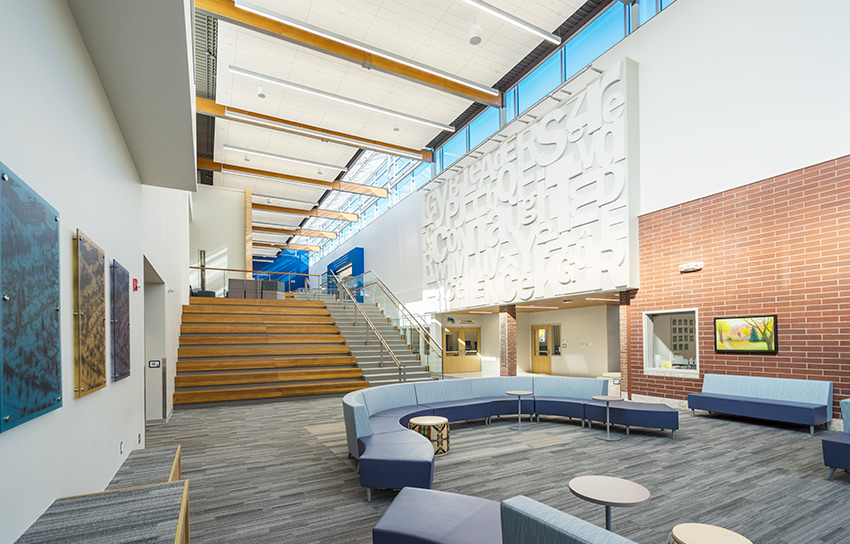 Image: École Connaught Community School, Regina, SK
Image: École Connaught Community School, Regina, SK
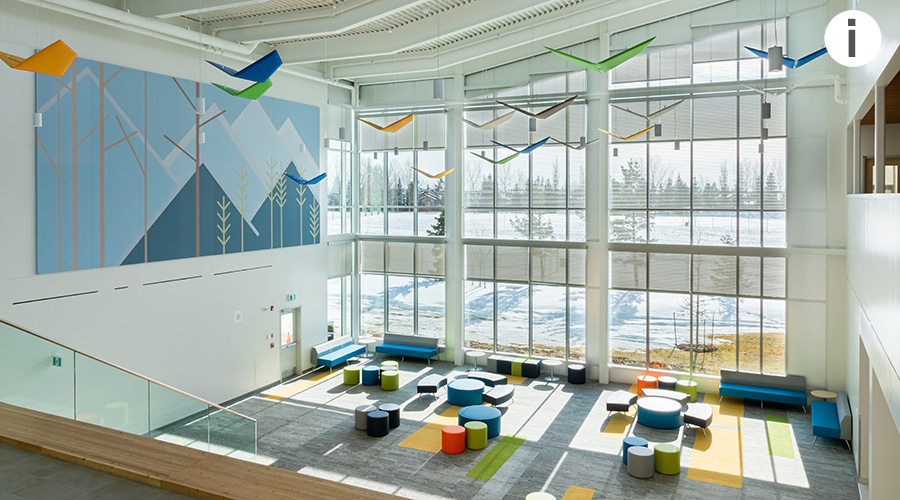 Across Western Canada, provincial education leaders have begun to take notice. In cities like Regina and Edmonton, innovation is happening in the design of schools that align the pedagogy, principles, and parts. Schools like École Connaught Community School in Regina, Saskatchewan, and Thelma Chalifoux School in Edmonton, Alberta, represent a paradigm shift in the connection between pedagogy and place.
Across Western Canada, provincial education leaders have begun to take notice. In cities like Regina and Edmonton, innovation is happening in the design of schools that align the pedagogy, principles, and parts. Schools like École Connaught Community School in Regina, Saskatchewan, and Thelma Chalifoux School in Edmonton, Alberta, represent a paradigm shift in the connection between pedagogy and place.
This paradigm shift is not easy. It takes hard work and commitment by provincial governments, school divisions, community leaders, teachers, and architects to work collaboratively in order to create schools that truly meet the needs of today’s, and tomorrow’s, teachers and learners.
Greg Hasiuk is a Partner and Practice Leader at Number TEN Architectural Group